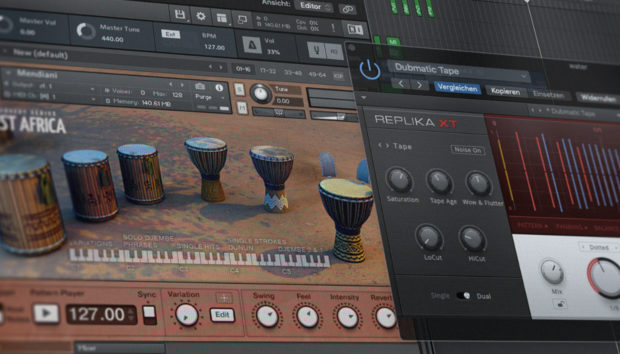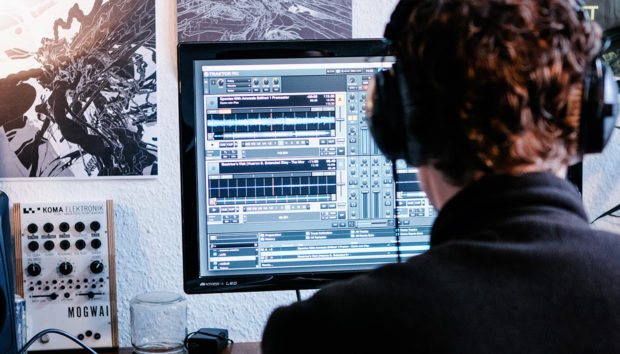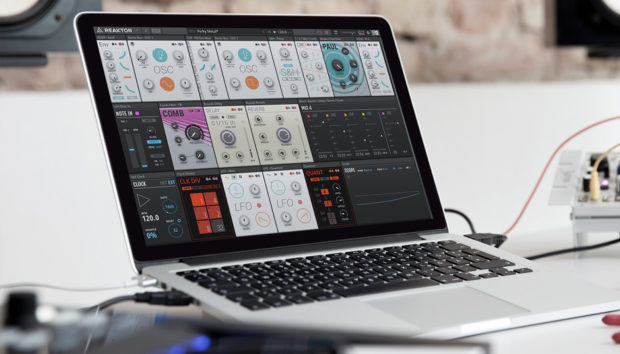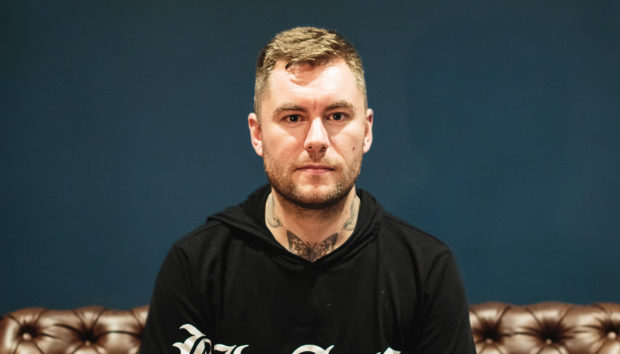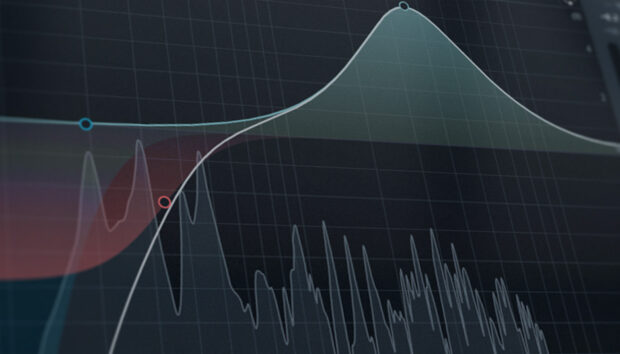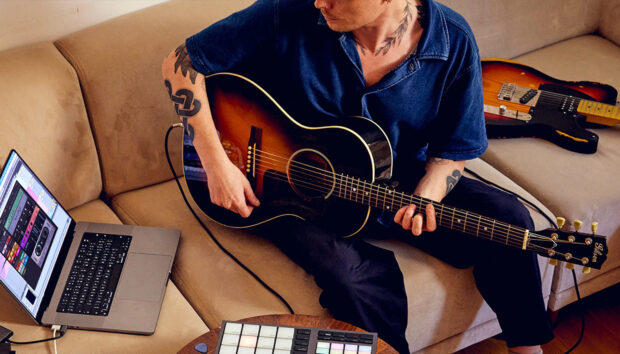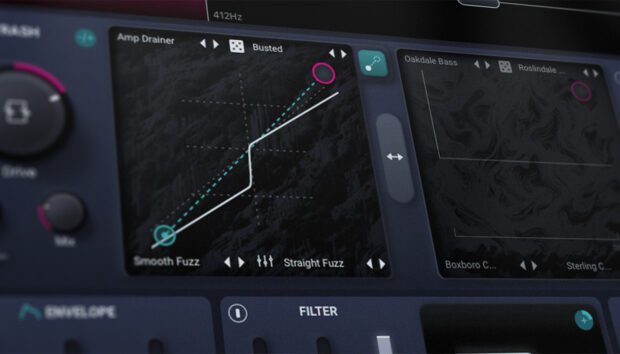Software-based instruments like VSTs and samplers offer modern producers access to an expansive range of sounds. However, this digital flexibility can lead to endless tweaking and the loss of the human touch that traditional instruments provide.
AFFKT bridges this gap by recording himself in real-time as he automates and manipulates high-power samplers like Kontakt.
This interview covers everything you need to know about his workflow, the benefits for producers, and how to maintain authenticity with VST-based samplers. AFFKT also shares high-level production tips to help you find your original sound and mix cleanly.
Jump to these sections:
- Prepping vs. in-the-moment tweaking
- Benefits of recordings and sampling
- Advice on resampling techniques
- Avoiding getting too lost in the details
- How to stay efficient
- What producers need to focus on in this day and age
Try some of AFFKT’s techniques with the free Kontakt Player in the Komplete Start bundle. Get yours below before diving into this comprehensive interview on re-sampling and recording with AFFKT.
When you’re working with Kontakt, do you usually record performances in real-time, or do you prefer programming everything first and then tweaking?
It really depends on the track and the specific sound I’m aiming for.
Sometimes, I play and record in real-time to capture a more organic, human feel, especially when working with expressive instruments or anything that benefits from subtle timing variations. Other times, I program everything first and then fine-tune the details, layering articulations and adjusting velocities to achieve a more controlled and polished result.
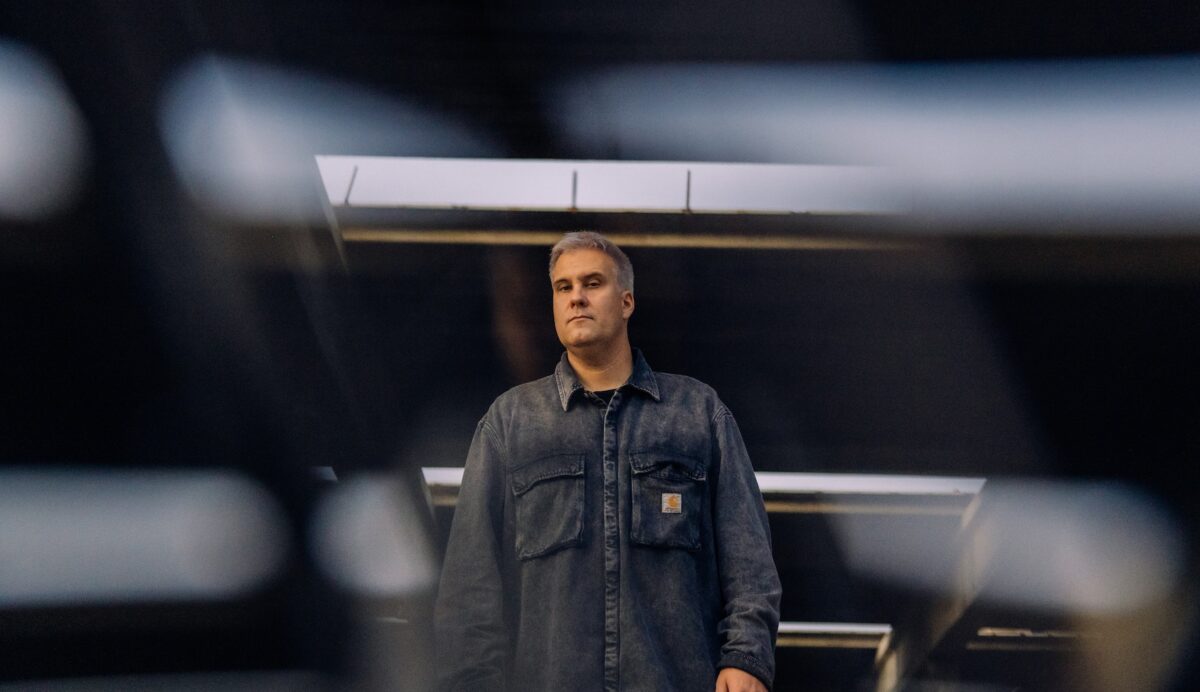
Kontakt offers so much flexibility that I often combine both approaches, depending on what the music demands. I always process Kontakt sounds further with a variety of effects, including creative reverb, delay, distortion, and granular processing. Additionally, I always run the sounds through a Pultec EQ and compression to maintain proper tonal balance and control.
I love pushing sonic boundaries, making the sounds feel unique and seamlessly integrated into the mix.
Pro tip from AFFKT: Equalize and cut bass when resampling, not only from Kontakt but from any other source. A bass and a kick need to have bass frequencies but the rest of the elements probably not so much.
Do you think recording yourself playing Kontakt live brings something extra to the music, compared to programming everything in MIDI?
Absolutely!
Recording live performances with Kontakt adds a level of human feel and unpredictability that is hard to replicate through MIDI programming alone. Even minor variations in timing, velocity, and articulation can make a huge difference, bringing more emotion and depth to the sound.
That said, whenever I record live, I always adjust notes to ensure everything fits perfectly. I also program beats, not just in Kontakt but across various instruments, it all depends on what the track needs and the specific feel I’m aiming for.
Pro tip from AFFKT: Combine all kinds of effects with your Kontakt instruments, you will achieve totally unexpected sounds.
When resampling Kontakt, what’s your go-to method for chopping or re-editing performances?
Resampling Kontakt is one of my favorite ways to create new textures and push sounds beyond their original form. My go-to method usually involves bouncing the performance to audio and manually chopping it up. I like to slice sections based on transients or specific articulations and then rearrange them to create something unexpected.
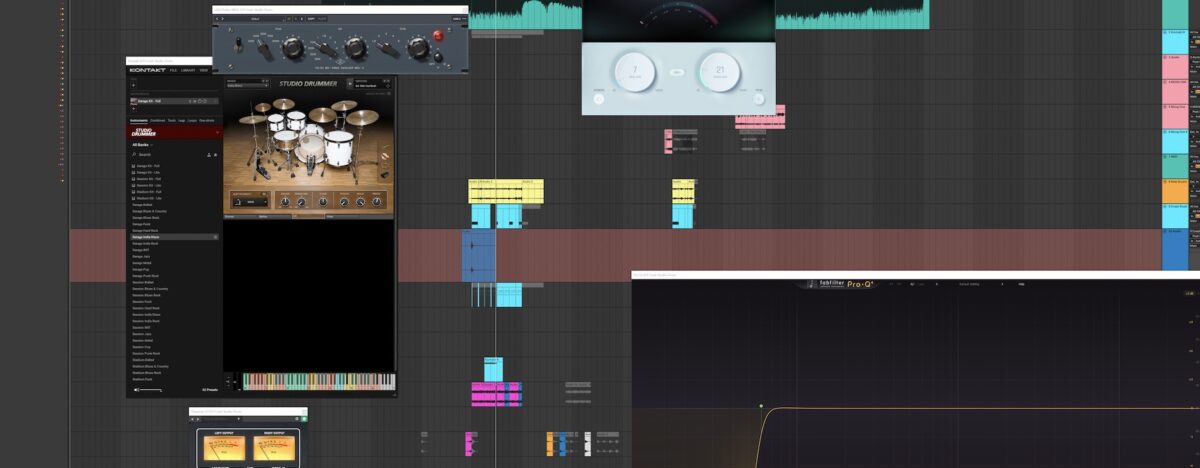
I feel more confident working with audio because I understand it better, but I always keep a copy of the MIDI in case I need to go back and make adjustments.
Pro tip from AFFKT: When you are programming drums in Kontakt add warmth with plugins like Pultec MEQ-5 or any other that can add character, or add short reverbs to give a more organic carter to the sound.
How do you avoid getting stuck in the details when recording and resampling Kontakt instruments?
When recording and resampling Kontakt instruments, I focus on capturing the overall performance and mood first, without getting lost in the details. I quickly establish the basic song structure and come back later to refine key elements. This helps me keep the creative flow going instead of obsessing over small adjustments.
It’s like building a house: first you set up the structure and then return to add the windows and doors, haha.
Pro tip from AFFKT: You don’t need to be a virtuoso but I recommend that you learn the basics of harmony in order to get the most out of many of Kontakt’s instruments.
What’s one lesson you’ve learned about managing your Kontakt library and sessions to keep everything efficient?
A key lesson I have learned over the years is the importance of organization in the studio. However, while I am very organized in many ways, in others, not so much when it comes to Kontakt, I am the opposite of organized.
While having it structured would save me a lot of time, I occasionally enjoy getting lost in it. Setting up consistent naming conventions and templates, and regularly cleaning up my sessions and library would save me a lot of time, but I’m still working on making it a habit…. one day!
Pro tip from AFFKT: Find your own way to get the most out of Kontakt, it’s an inexhaustible source of sounds so enjoy exploring.
What do you think producers need to focus on in 2025 to stay ahead in electronic music production?
Staying versatile and open to blending genres and experimenting with unconventional sounds will be crucial. The future of electronic music will likely be shaped by innovation – not only in technology but also in how artists push genre boundaries and integrate new concepts into their productions.
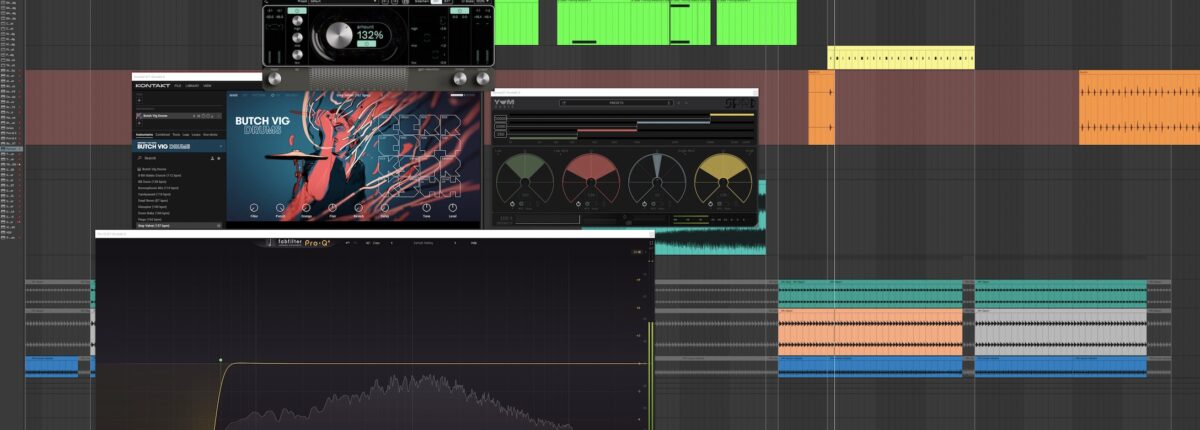
In 2025, I believe producers will need to balance innovation with efficiency.
Interestingly, technique may take on a more secondary role as creativity and conceptual depth drive music. I am confident that future artists will naturally be multidisciplinary, and the way we define artistic concepts today will evolve dramatically due to AI.
Start defining your sound with Kontakt
Once again, a special shout-out to AFFKT for joining us and discussing advanced production techniques, like recording and re-sampling yourself playing VST samplers such as Kontakt.
The big takeaway is that while it might feel intimidating to simply hit record and start playing your favorite Kontakt libraries without the option for later automation or micro-edits, overcoming those initial hesitations can unlock new creative pathways.
This approach streamlines your workflow and can lead to some of the most unique results in your sound. Thanks again to AFFKT for sharing his insights. Check out more about Kontakt below and start experimenting with high-level samplers right now using the free Komplete Start Bundle – Kontakt Player included!
